#Orest kiprensky
Explore tagged Tumblr posts
Text
Writing Notes: 10-Step Snowflake Method

by Randy Ingermanson
1-sentence summary (1 hour)
15 words or fewer
No character names
Tie big picture to “personal picture” - what does the character have to lose and what do they want to win?
Read NYT bestseller blurbs for inspiration
Expand sentence to full paragraph summary (1 hour)
Approx. 5 sentences
Story setup
(Three) Major disasters
Ending
One page summary for each character (1 hour each)
Character’s…
Name
One-sentence storyline
Motivation (what do they want abstractly?)
Goal (what do they want concretely?)
Conflict (what prevents them from reaching goal?)
Epiphany (what they learn, how they change)
One-paragraph storyline
Expand each sentence in summary (#2) to full paragraphs (several hours)
All paragraphs end in disaster, except…
Final paragraph shows how the book ends.
1 page description of each major character (1-2 days)
Tell story from POV of each character.
Expand each paragraph from #4 into full page synopses. (1 week)
High level logic & strategic decisions
Expand character descriptions from #3 into full character charts (1 week)
Birthdate
Description
History
Motivation
Goal
Epiphany, etc.
Turn 4-page summary from #6 into a scene spreadsheet
One line per scene
Columns for: (a) POV character (b) What happens (c) Page numbers
(optional) Expand each scene from spreadsheet into multi-paragraph description
Add dialogue
General workings of conflict
Start writing first draft
Source ⚜ More: The Snowflake Method ⚜ Plot ⚜ Character ⚜ Worldbuilding
#snowflake method#plot#writeblr#writing reference#dark academia#spilled ink#literature#fiction#novel#creative writing#writing tips#writing prompt#writing inspiration#writing ideas#writers on tumblr#writing prompts#orest kiprensky#writing resources
169 notes
·
View notes
Text

Portrait of Colonel Evgraf V. Davydov (1809) by Orest Kiprensky
#art#art history#artwork#culture#history#vintage#museums#painting#romanticism#curators#orest kiprensky
99 notes
·
View notes
Photo


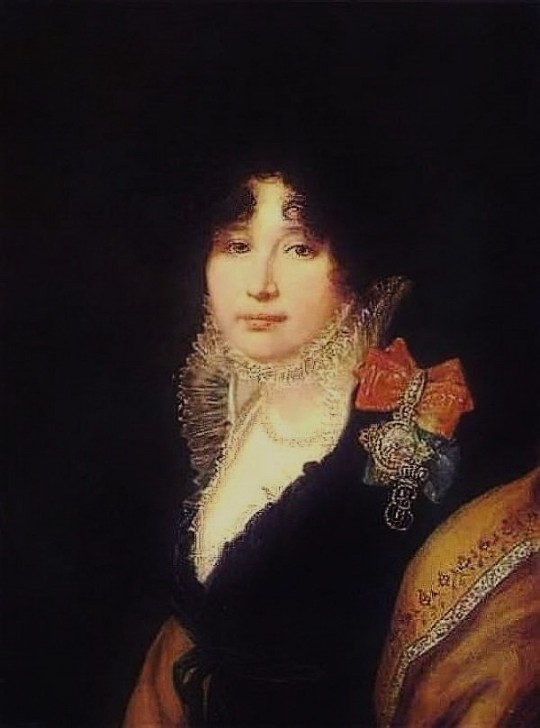


Three versions of a portrait of Princess Anastasia Tcherbatov by Orest Kiprensky, 1808
64 notes
·
View notes
Text

Portrait of a Young Girl
By Orest Kiprensky, 1829
3 notes
·
View notes
Text
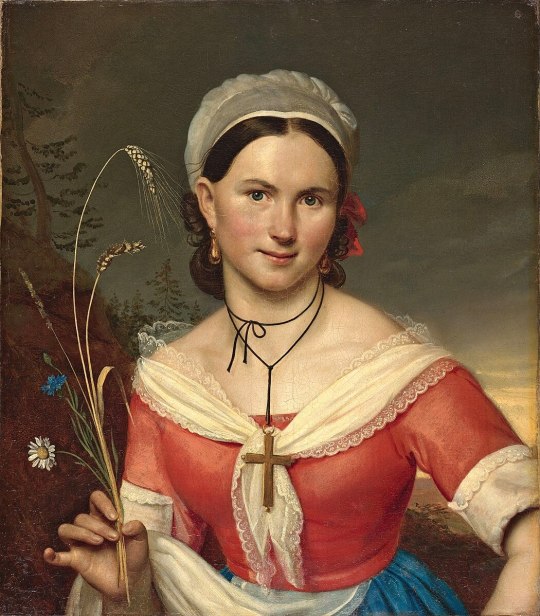
Catherine Teleshova, Orest Kiprensky, 1828.
2 notes
·
View notes
Photo
Nikolay Ivanovich Gnedich (Russian: Никола́й Ива́нович ; 13 February [O.S. 2 February] 1784 – 15 February [O.S. 3 February] 1833) was a Ukrainian-born Russian poet and translator best known for his idyll The Fishers (1822). His translation of the Iliad (1807–29) is still the standard one.
Alexander Pushkin assessed Gnedich's Iliad as "a noble exploit worthy of Achilles" and addressed to him an epistle starting with lines "With Homer you conversed alone for days and nights…"
Pushkin also penned an epigram in Homeric hexameters, which unfavourably compares one-eyed Gnedich with the blind Greek poet: Крив был Гнедич-поэт, преложитель слепого Гомера,
Боком одним с образцом схож и его перевод.
Poet Gnedich, renderer of Homer the Blind, Was himself one-eyed, Likewise, his translation Is only half like the original.
He also wrote Don Corrado de Gerrera (1803), probably the first example of Russian Gothic fiction.
Orest Adamovich Kiprensky (Russian: Орест Адамович Кипренский 24 March [O.S. 13 March] 1782 – 17 October [O.S. 5 October] 1836) was a leading Russian portraitist in the Age of Romanticism. His most familiar work is probably his portrait of Alexander Pushkin (1827), which prompted the poet to remark that "the mirror flatters me".

Nikolay Ivanovich Gnedich, Orest Kiprensky
126 notes
·
View notes
Text

Mother and Child painted by Orest Kiprensky (1782 - 1836)
#art#art history#artwork#culture#curators#history#museums#painting#vintage#romanticism#orest kiprensky
50 notes
·
View notes
Text





florence + the machine lyrics x colors x textiles in art — green
Only If For a Night – Ceremonials // Portrait of Princess Zinaida Volkonskaya – Orest Kiprensky 🌿 Over the Love – Over the Love // The Magdalene Reading – Rogier van der Weyden 🌿 Over the Love – Over the Love // The King’s Daughter – Eduard Veith 🌿 South London Forever – High as Hope // Portrait of a Young Woman – unknown artist 🌿 Mermaids – Dance Fever // Woman in an Iridescent Green Dress – Ferdinand Georg Waldmüller
#florence + the machine lyrics x colors x textiles in art#green#only if for a night#over the love#south london forever#mermaids#ceremonials#high as hope#mermaids florence#mermaids florence + the machine#florence + the machine#florence and the machine#fatm#art#art history#lyrics#lyric art
211 notes
·
View notes
Text

Portrait of an Unknown Woman with a Kerchief on her neck By Orest Kiprensky, 1829
1 note
·
View note
Photo
Orest Adamovich Kiprensky (Russian: Орест Адамович Кипренский 24 March [O.S. 13 March] 1782 – 17 October [O.S. 5 October] 1836) was a leading Russian portraitist in the Age of Romanticism. His most familiar work is probably his portrait of Alexander Pushkin (1827), which prompted the poet to remark that "the mirror flatters me".

ab. 1827 Orest Kiprensky - Portrait of Mikhail Cherkasov
(State Tretyakov Gallery)
98 notes
·
View notes
Text

Orest Kiprensky (1782–1836) Young Gardener
15 notes
·
View notes
Text

Standing Sitter on the Background of Red Drapery (1902)
Orest Kiprensky
13 notes
·
View notes
Note
Hello, a few months ago I adopted a Russian late-19th century man and recently he wanted to go on a tsar-sponsored Grand tour. He has frequently talked of Italy and Greece, and began painting scenes from far away lands. Is it safe to let him run off without my supervision? And if not, how can I dissuade him from this? Thank you for your help.
The dilemma of providing the best opportunities for a 19th century man means that sometimes, he may be in dangerous situations. But a certain amount of risk is worthwhile to let him live his life to the fullest.
Many a Russian artist has been drawn to the glory that was Greece and the grandeur that was Rome; from Orest Kiprensky to Karl Briullov to Vasily Polenov. Some even made the Eternal City of Rome their place of eternal rest!
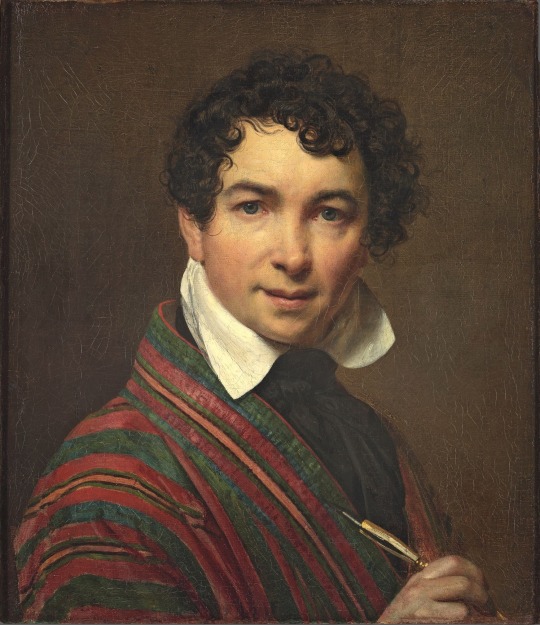
Orest Kiprensky's 1828 self-portrait. Some 19th century men are happy enough with the striped robe de chambre and don't need the grand tour.
Ultimately, you have to allow your 19th century man to make his own choices. He may fall under the spell of the Mediterranean sun, but travelling across Europe can also develop into a passion for illustrating social realist scenes and folklore from his own heritage.
35 notes
·
View notes
Text
Orest Adamovich Kiprensky (Russian: Орест Адамович Кипренский 24 March [O.S. 13 March] 1782 – 17 October [O.S. 5 October] 1836) was a leading Russian portraitist in the Age of Romanticism.
Romanticism (also known as the Romantic movement or Romantic era) is an artistic and intellectual movement that originated in Europe towards the end of the 18th century. For most of the Western world, it was at its peak from approximately 1800 to 1850. Romanticism was characterized by its emphasis on emotion and individualism as well as glorification of the past and nature, preferring the medieval to the classical. Romanticism was partly a reaction to the Industrial Revolution, and the prevailing ideology of the Age of Enlightenment, especially the scientific rationalization of Nature. It was embodied most strongly in the visual arts, music, and literature; it also had a major impact on historiography, education, chess, social sciences, and the natural sciences. It had a significant and complex effect on politics: Romantic thinking influenced conservatism, liberalism, radicalism, and nationalism.
The movement emphasized intense emotion as an authentic source of aesthetic experience. It granted a new importance to experiences of sympathy, awe, wonder, and terror, in part by naturalizing such emotions as responses to the "beautiful" and the "sublime". Romantics stressed the nobility of folk art and ancient cultural practices, but also championed radical politics, unconventional behavior, and authentic spontaneity. In contrast to the rationalism and classicism of the Enlightenment, Romanticism revived medievalism and juxtaposed a pastoral conception of a more "authentic" European past with a highly critical view of recent social changes, including urbanization, brought about by the Industrial Revolution.
Many Romantic ideals were first articulated by German thinkers in the Sturm und Drang movement, which elevated intuition and emotion above Enlightenment rationalism. The events and ideologies of the French Revolution were also direct influences on the movement; many early Romantics throughout Europe sympathized with the ideals and achievements of French revolutionaries. Romanticism lionized the achievements of "heroic" individuals – especially artists, who began to be represented as cultural leaders (one Romantic luminary, Percy Bysshe Shelley, described poets as the "unacknowledged legislators of the world" in his "Defence of Poetry"). Romanticism also prioritized the artist's unique, individual imagination above the strictures of classical form. In the second half of the 19th century, Realism emerged as a response to Romanticism, and was in some ways a reaction against it. Romanticism suffered an overall decline during this period, as it was overshadowed by new cultural, social, and political movements, many of them hostile to the perceived illusions and preoccupations of the Romantics. However, it has had a lasting impact on Western civilization, and many "Romantic", "neo-Romantic", and "post-Romantic" artists and thinkers created their most enduring works after the end of the Romantic Era as such.
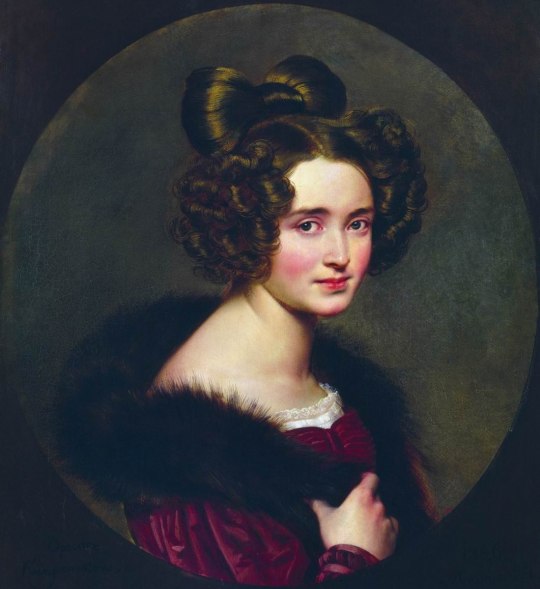
Portrait of O. A. Ryumina
Orest Kiprensky, 1826
60 notes
·
View notes
Text
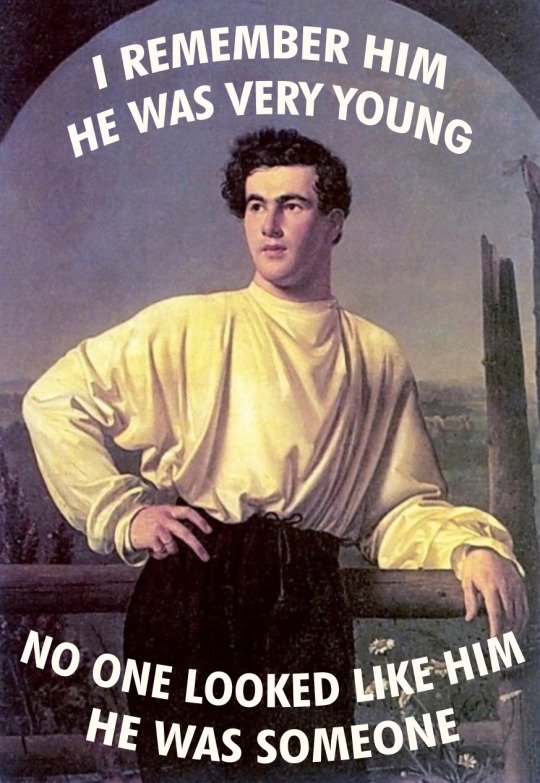
Portrait of Athanasius Shishmarev by Orest Kiprensky / "Trouble in Shangri La" by Stevie Nicks
5 notes
·
View notes
Text
A poem by Barbara Hamby

Letter to a Lost Friend
There must be a Russian word to describe what has happened between us, like ostyt, which can be used for a cup of tea that is too hot, but after you walk to the next room, and return, it is too cool; or perekhotet, which is to want something so much over months and even years that when you get it, you have lost the desire. Pushkin said, when he saw his portrait by Kiprensky, “It is like looking into a mirror, but one that flatters me.” What is the word for someone who looks into her friend’s face and sees once smooth skin gone like a train that has left the station in Petersburg with its wide avenues and nights at the Stray Dog Cafe, sex with the wrong men, who looked so right by candlelight, when everyone was young and smoked hand-rolled cigarettes, painted or wrote all night but nothing good, drank too much vodka, and woke in the painful daylight with skin like fresh cream, books everywhere, Lorca on Gogol, Tolstoy under Madame de Sévigné, so that now, on a train in the taiga of Siberia, I see what she sees — all my books alphabetized and on shelves, feet misshapen, hands ribbed with raised veins, neck crumpled like last week’s newspaper, while her friends are young, their skin pimply and eyes bright as puppies’, and who can blame her, for how lucky we are to be loved for even a moment, though I can’t help but feel like Pushkin, a rough ball of lead lodged in his gut, looking at his books and saying, “Goodbye, my dear friends,” as those volumes close and turn back into oblong blocks, dust clouding the gold leaf that once shimmered on their spines.

Barbara Hamby
More poems by Barbara Hamby are available through her website.
Image: Portrait of Alexander Pushkin (1799—1837) by Orest Kiprensky.
0 notes